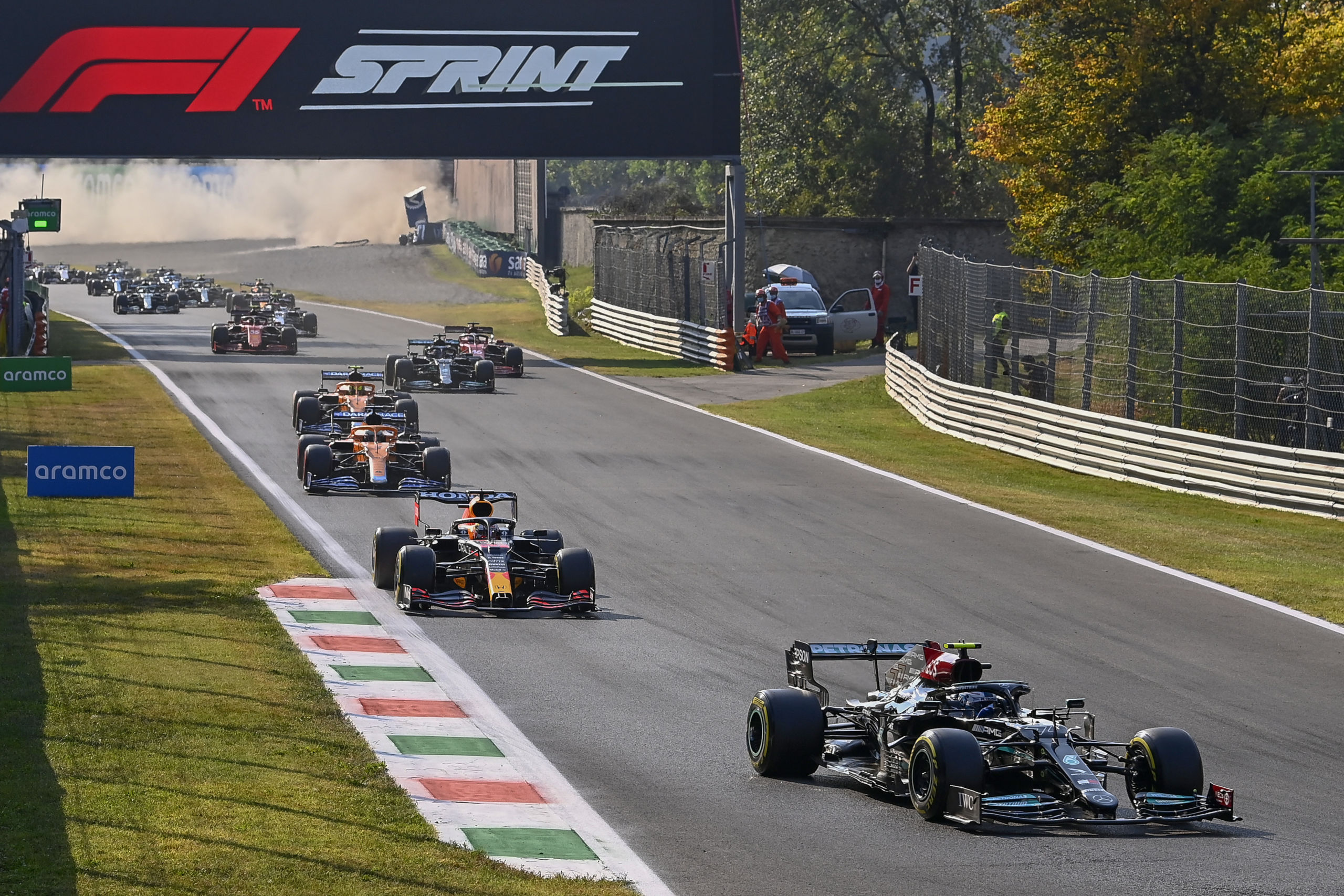Okay, so, I’ve been messing around with Formula 1 qualifying sessions lately, trying to figure out how it all works. It’s a bit more complicated than I first thought, but I’m starting to get the hang of it. I even took some notes along the way to help me remember all the details. I thought I’d share what I’ve learned so far, in case anyone else is as confused as I was.
First off, I jumped into watching some videos about F1 qualifying. Turns out, it’s broken down into three parts: Q1, Q2, and Q3. It’s like a knockout system – they keep eliminating the slowest drivers until only the fastest are left.
In Q1, all the drivers get a chance to set their fastest lap times. I noticed they give them around 30 minutes to do this, which seems like a decent amount of time. The slowest drivers get eliminated after Q1, and their positions on the starting grid for the race are determined by the lap times they set during this session. From what I observed, the drivers who finish from 16th to 20th get knocked out here.

- Start watching some videos about F1 qualifying.
- Found it is broken down into three parts: Q1, Q2, and Q3.
- Q1: All drivers get 30 minutes to set their fastest lap.
- Drivers from 16th to 20th are eliminated.
Next up is Q2. The drivers who made it through Q1 get another shot at setting fast laps, this time in a shorter session – I think it was around 15 minutes. Again, the slowest drivers are eliminated, and their grid positions are set based on their Q2 times. The drivers who finish from 11th to 15th are out after this round.
- Q2: Remaining drivers get 15 minutes for another session.
- Drivers from 11th to 15th are eliminated.
Finally, there’s Q3. This is where the top 10 drivers from Q2 battle it out. They get the shortest session of all – only about 12 minutes – to set their ultimate fastest lap. The driver who sets the fastest time in Q3 gets pole position, which means they start the race in first place. It’s a pretty big deal! And the rest of the top 10 grid positions are determined by their Q3 times.
- Q3: Top 10 drivers from Q2 get 12 minutes.
- Fastest driver gets pole position.
- Rest of the top 10 grid positions are determined.
I also stumbled upon something called Sprint Qualifying. Apparently, it’s a shorter version of the normal qualifying format. The sessions are called SQ1, SQ2, and SQ3, and they’re even shorter than the regular sessions – 12, 10, and 8 minutes, respectively. I haven’t dug too deep into this yet, but it seems like another way to determine the starting grid for some races.
- Found Sprint Qualifying: A shorter version of qualifying.
- Sessions are SQ1, SQ2, and SQ3 (12, 10, and 8 minutes).
So, yeah, that’s what I’ve figured out about how F1 qualifiers work. It took a bit of time and watching a bunch of videos, but I think I’ve got a pretty good handle on it now. It’s actually kind of cool how they’ve set it up, with the knockout system and everything. It definitely adds some excitement to the whole racing weekend! Oh, I almost forgot, for those sprint races, they do the qualifying a little differently. The fastest lap in the qualifying session sets the grid for the sprint race, and the second-fastest lap sets the grid for the main race on Sunday. Each race is about 30 minutes long, so it’s pretty quick. That’s all I learned about qualifiers work in F1!





















